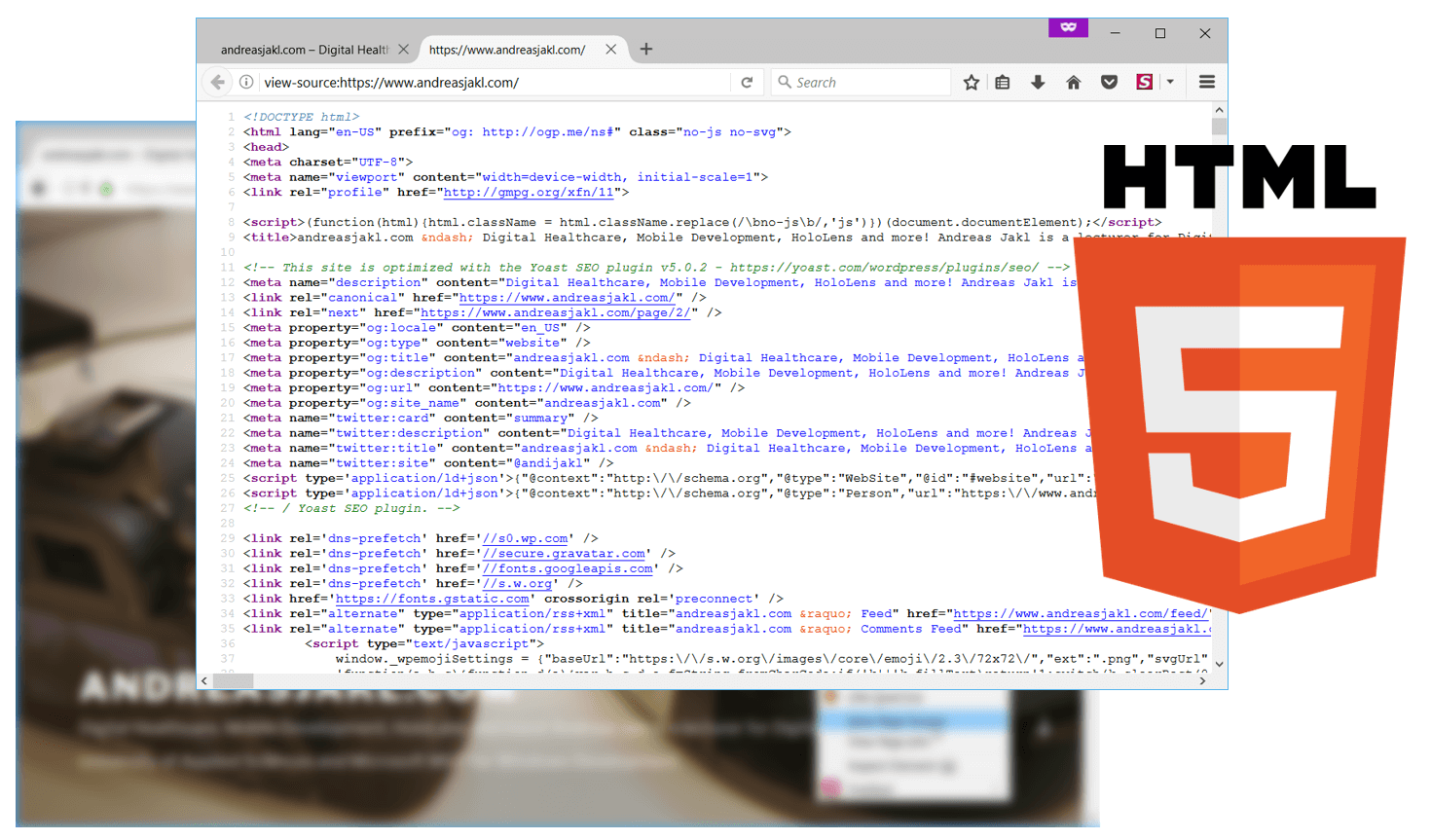It’s important to know the basics of how the web works. In one of the introductory lectures at Digital Healthcare, we look at HTML5, CSS, JavaScript & more. Understanding basic web technology is required to ensure that web sites have excellent usability as well as accessibility.
This includes how to make sure navigating the page works with screen readers, as well as that the design works well for people with e.g., (color) vision deficiency. Accessibility is especially important for websites and mobile apps of public sector bodies, based on a new directive of the EU that will come into effect in all member states soon.
The behind-the-scenes part covers how to analyze how your computer / mobile phone communicates with web servers, and what kind of information they share.
Knowing the basics, you can then start working on a real-life web site with the world’s most popular content management system, WordPress.
I’ve just uploaded the lecture materials to SlideShare. They cover the following topics:
- Target Audience (mobile vs. desktop)
- Web site technologies
- Structure & content: HTML / HTML5
- Styling: CSS
- Interactivity & scripting languages: JavaScript
- Behind the Scenes
- Client vs Server
- HTTP and web requests
- IP address & server location
- Accessibility
- Content Management Systems: WordPress
Take a look at the Basics of Web Technology lecture slides!
